
18,95 €
Sofort per Download lieferbar
eBook, ePUB
5. März 2014
Elsevier Science & Techn.

Broschiertes Buch
Biophysics, Instrumentation, and Data Analysis
1. Dezember 2021
Elsevier Science
Ähnliche Artikel

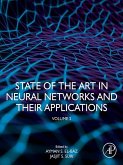
eBook, ePUB
29. November 2022
Elsevier Science & Techn.
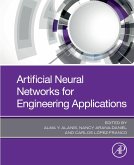
eBook, ePUB
7. Februar 2019
Elsevier Science & Techn.
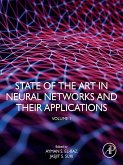
eBook, ePUB
21. Juli 2021
Elsevier Science & Techn.
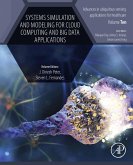
eBook, ePUB
26. Februar 2020
Elsevier Science & Techn.

eBook, ePUB
14. Februar 2022
Elsevier Science & Techn.
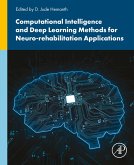
eBook, ePUB
14. November 2023
Elsevier Science & Techn.
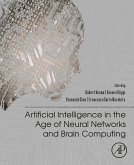
eBook, ePUB
30. Oktober 2018
Elsevier Science & Techn.

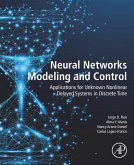
eBook, ePUB
15. Januar 2020
Elsevier Science & Techn.
Ähnlichkeitssuche: Fact®Finder von OMIKRON
